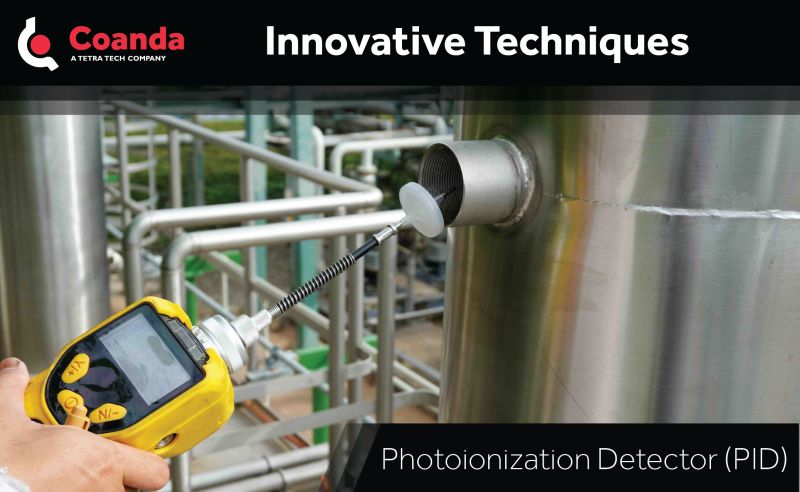Analytical Chemistry Solutions
Posted on March 4, 2021 Analytical Chemistry
This post was originally published in three parts which have been combined below
Part 1
One of Coanda’s specialties is the identification and quantification of hydrocarbons in complex systems. These types of challenges arise in a variety of fields including refining of both conventional and renewable fuels, tailings ponds and bioremediation.
Our workhorse is detailed hydrocarbon analysis (DHA) by capillary gas chromatography (GC) with simultaneous analysis using both a flame ionization detector (FID) and mass spectrometry (MS).
Using capillary columns up to 100 m long allow for superior separation of analytes, the FID provides a wide quantification range for trace analysis and the MS allows for the characterization of unknown compounds.
We can apply standard and well accepted approaches to analyses systems, such as ASTM D6730. Often, we modify or develop specialized methods to characterize samples that are not covered by standards. In these cases, we may modify the analyte properties (called derivatization) to achieve enhanced resolution in the GC-FID/MS.
Clients find this type of analysis useful in a variety of ways, such as when they are trying to optimize a process, find the root cause of a process upset, or to assess the performance of a bioremediation strategy.

Part 2
Coanda specializes in developing analytical methods for challenging problems involving complex matrices.
One such problem is the analysis of residual light hydrocarbon (diluent) content in tailings sediments. Robust measurements are critical to predict the long-term bio-geochemical activity of these sediments. Reliable diluent measurement in Mature Fine Tailings, a mixture of water, bitumen, hydrophilic and hydrophobic solids, has proven to be particularly difficult and diluent content results could vary by up to 500% between various laboratory protocols.
To solve this problem, our team of engineers and scientists combined in-house vapour-liquid equilibrium measurements, thermodynamic modeling, physical chemistry, and analytical chemistry to develop a new and improved protocol.
We identified that traditional solvents used in diluent extraction typically resulted in emulsions that interfered with the analysis. By switching to an amphiphilic solvent, both the oil and water in the tailings were transferred to the extraction medium, giving representative sampling of the diluent.
The new protocol was vetted by three participating independent labs and results typically varied by just 10%.

Part 3
Successfully delivering industrial research projects on budget is a constant challenge, especially when chemical analysis is involved.
One particularly difficult challenge we recently encountered: evaluate the potential for air stripping to remove naphtha (a light hydrocarbon mixture) from oilsands tailings.
A gas chromatography based method that Coanda developed was used to quantify the amount of naphtha in the original material. High frequency data was needed, however, to quantify the naphtha exiting in the gas phase.
The solution that we settled on was to use a relatively low-cost Photoionization Detector (PID) which responds to a wide range of organic gases. PIDs use an ultraviolet light to emit photons that interact with the target molecules resulting in positive ions which can be measured as an electrical current that is proportional to the amount of substance present in the air. The PID was calibrated and used to quantify the overall flux of naphtha leaving the stripping apparatus.
By adopting this approach, we successfully showed that air stripping could recover > 70% of the naphtha over an industrially feasible timescale.


